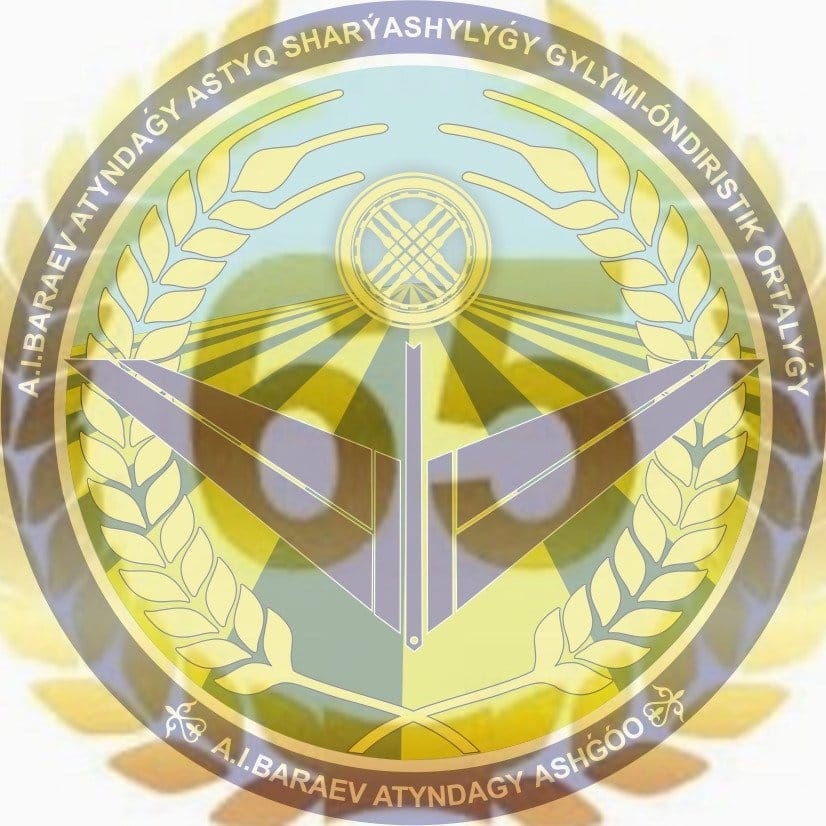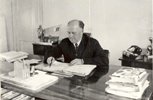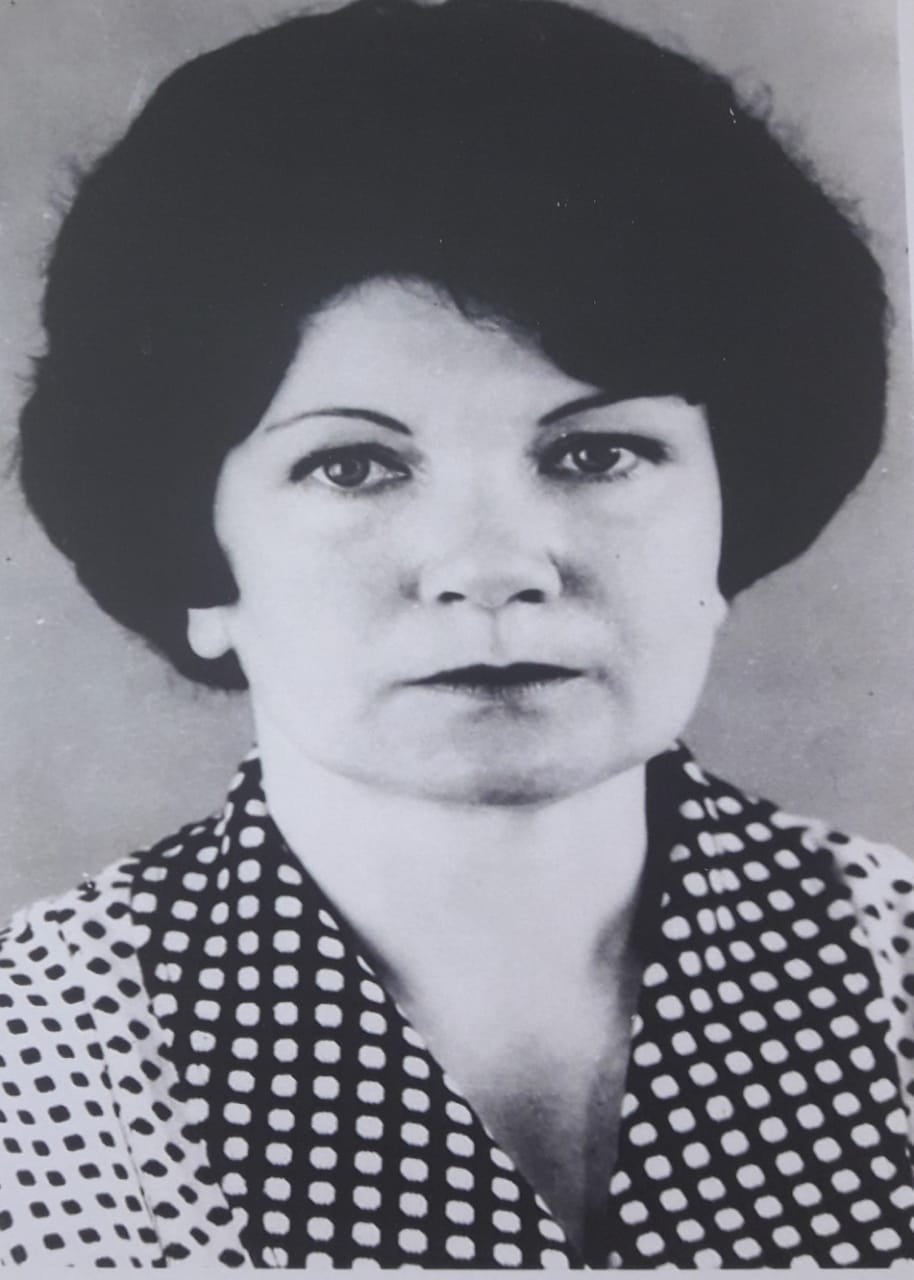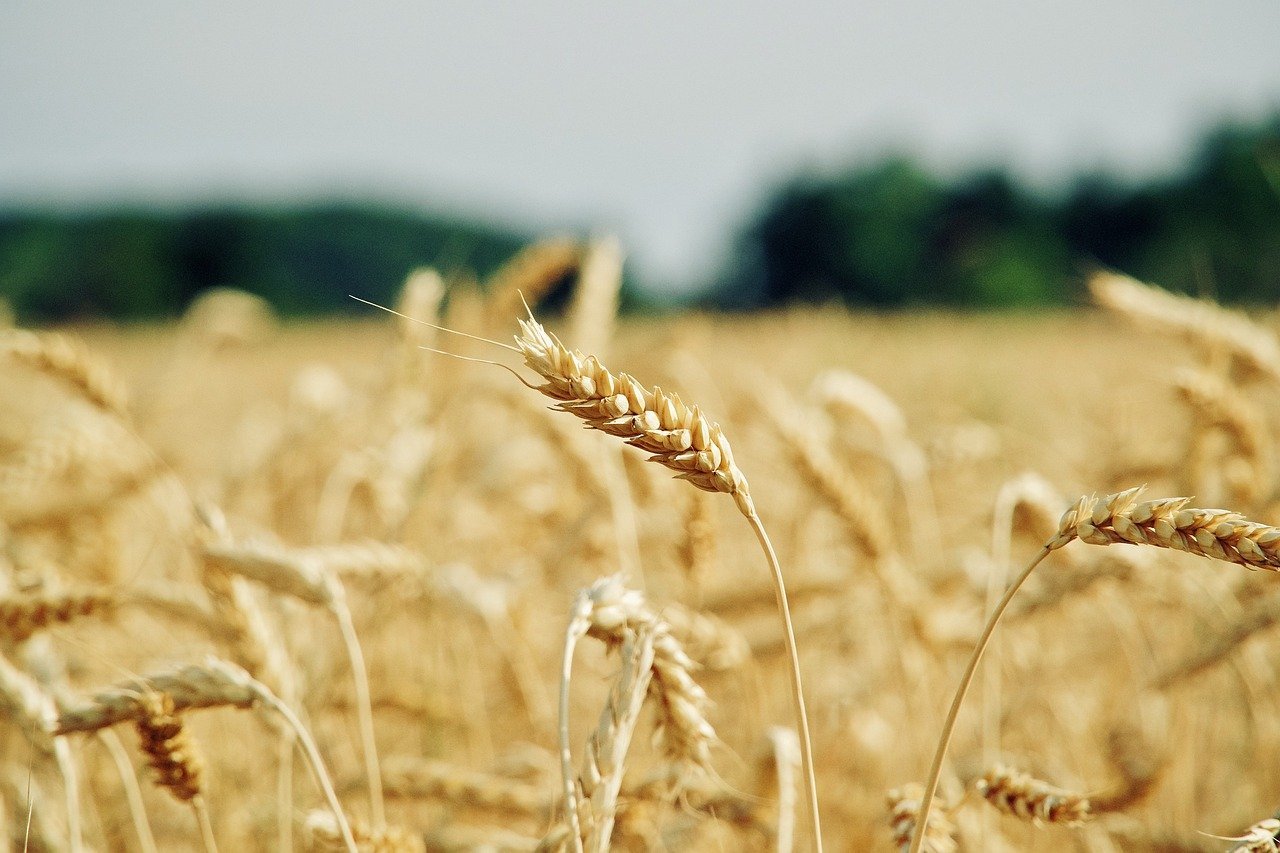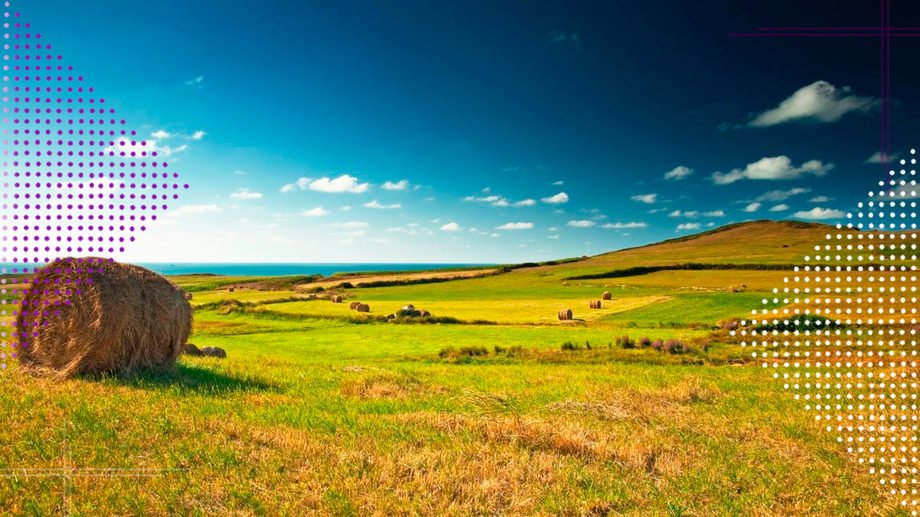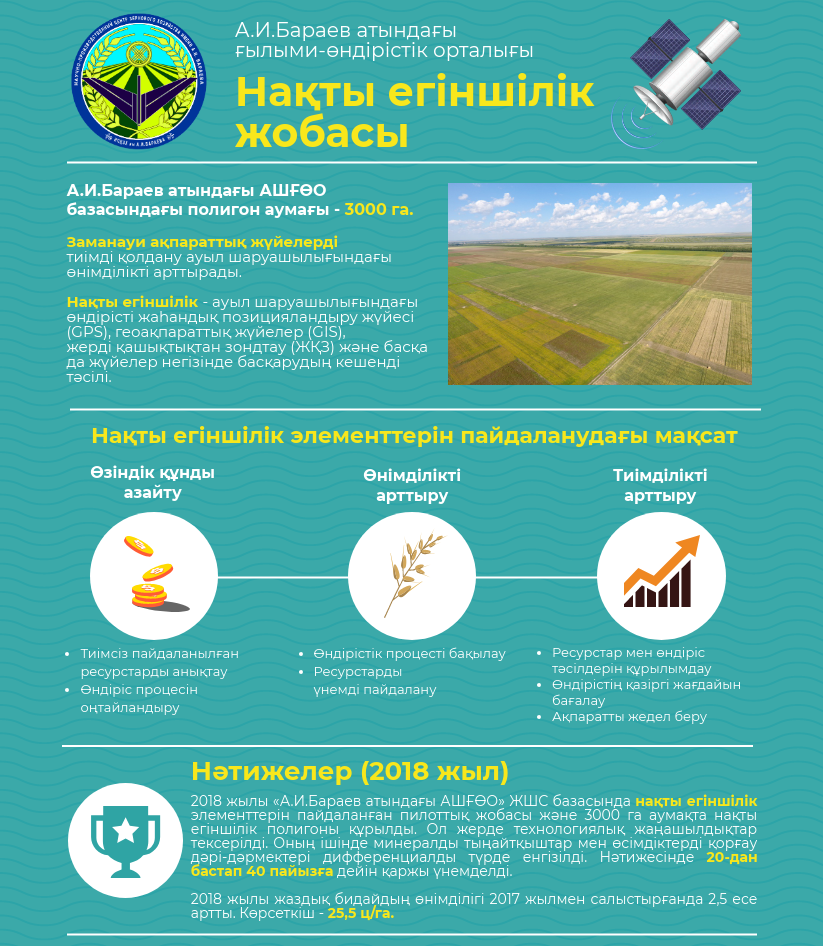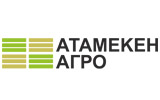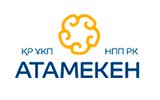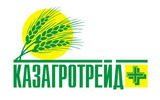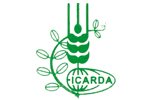LABORATORY OF PLANT IMMUNITY FOR PESTS AND DISEASES
About / Laboratory
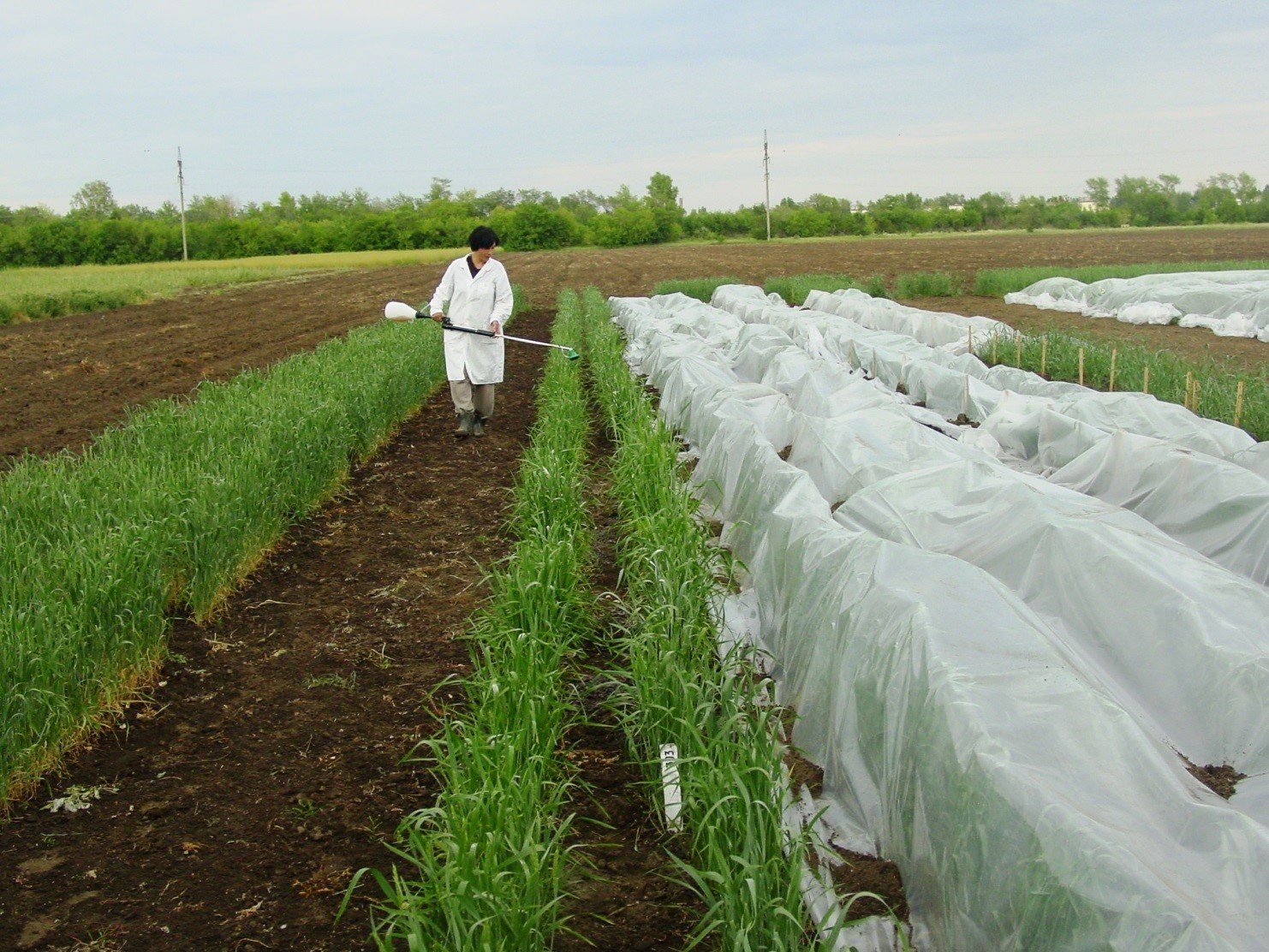
The laboratory was founded in 1971.
A brief history of the laboratory:
The laboratory of plant immunity to pests and diseases was founded in 1971 on the basis of the previously existing laboratory of phytopathology, which was part of the plant protection department. The ideological inspirer and leader, who led the research on plant immunity, became Ph.D. L.M. Gorodilova.
A great contribution to the development of science in the field of selection for stem rust resistance was made by V.V. Ploughman. He studied the specialization of this disease in the conditions of Northern Kazakhstan and found that 2 specialized forms prevailing that have economic importance - rye and wheat.
An important place in breeding programs in the 70s began to be given to chemical and radiation mutagenesis, as an additional method for obtaining resistant forms of wheat against brown and stem rusts. Under the leadership of L.A. About 60 mutants resistant to brown rust were obtained at the Trinity Institute in the All-Russian Research Institute of Agriculture.
In the 1957-1960s, under the leadership of G.S.Byadovsky, studies were carried out in the laboratory to clarify the species composition, economic significance of agricultural pests in the Tselin region and to develop measures to protect them from pests.
In the 1970s, laboratory staff under the direction of Ph.D. V.P. Lakhmanova worked on the problem of developing the biological basis for constructing zonal integrated systems of measures to suppress the harmfulness of grain pests in the centers of their mass reproduction.
From 1996 to 2004 The laboratory was led by N.Ya. Menovshchikova, who studied the source material for spring wheat, barley, oats and millet for resistance to smut and rust diseases.
Currently, in the laboratory of plant immunity to pests and diseases under the guidance of candidate of agricultural sciences Babkenova S.A. work is underway to create a new source material for the selection of cereals, fodder and cereals by intraspecific hybridization based on sources of resistance to rust and smut diseases. Effective genes of resistance to brown and stem rust based on monogenic lines are identified. The nature of the inheritance of resistance to brown rust in hybrids of spring common wheat is studied.
In 2015-2017 Grant funding was received for research on the topic: “The study of the species diversity of Septoria pathogens using molecular biology methods and the creation of the source material resistant to Septoria based on a marker of associative selection.” As a result of mycological analysis of the species structure of Septoria fungi in spring wheat varieties, 3 main species were identified: S. tritici, S. nodorum, S.avenae f.sp. triticea. When conducting molecular genetic labeling of resistance genes, 12 samples with an effective resistance gene Stb-8 were identified.
For 2018-2020 Grant funding was obtained for scientific research on the topic: “The role of varieties resistant and tolerant to septoriosis and the technology of their cultivation in stabilizing the phytosanitary state of agrocenoses” Scientific directions of the laboratory:
1. The study of the source and selection material for spring wheat, barley, oats and millet for resistance to smut, rust diseases, septoria and secretive pests in the conditions of artificial infectious and provocative backgrounds.
2. The study of the species structure of the populations of pathogens of wheat Septoria in the steppe and forest-steppe zones of Northern Kazakhstan.
3. Determination of the influence of predecessors and various technologies on the development of wheat Septoria.
Scientific achievements: 1. Patents for varieties of spring soft wheat Asyl Sapa, Tselina 50, Vladimir and Shortandinskaya 2007 were obtained.
2. A monograph has been prepared and 5 articles with impact factor have been published in foreign journals. International Relations and Relations:
Joint research work is being carried out with the All-Russian Research Institute of Phytopathology, Moscow and the All-Russian Institute for Plant Protection, St. Petersburg (Russia).
Published books, scientific articles:
1 monograph, 11 recommendations for conducting spring field work in the Akmola region and 50 scientific articles, including 5 articles with impact factor in foreign journals, were prepared.
1. Sandukash A. Babkenova, Adylkhan T. Babkenov,Tamara M. Kolomiets, Ekaterina S. Skolotneva,Mikhail G. Divashuk Molecular genetic tagging of wheat varieties genes resistant to Septoria tritici in northern Kazakhstan// International Journal of Green Pharmacy. - 2017 (Suppl) • 11 (3).- Р. 430-437.
2. Elmira Dyussibayeva, Abilbashar Seitkhozhayev, Aigul Tleppayeva, Nursaule Zhanbyrshina, Sandukash Babkenova and Aiman Rysbekova Study of the millet varieties and samples with respect to resistance against dusty smut//Еcology, environment and conservation VOL. 23 (2): 2017.- Р. 852-858.
3. Zaitseva O.I., Burakova A.A., Babkenov A.T., Babkenova S.A., Utebaev M.U., Lemesh V.A. Allelic diversity of genes of high molecular weight glutenins in common wheat // Cytology and Genetics.-2017.-Volume 51. - No. 6. - P.22-31.
4. S. A. Babkenova, A. T. Babkenov. The effect of septoria and brown rust on the yield of spring soft wheat varieties in Northern Kazakhstan // Theoretical and applied problems of agro-industrial complex No. 2 (31) 2017.- P. 3-7.
5. Babkenov A.T., Babkenova S.A., Kairzhanov E.K. Screening of the collection of spring soft wheat varieties by maturity and high quality of grain in the conditions of Northern Kazakhstan // Theoretical and applied problems of the agro-industrial complex. No. 3 - 2017.S. 12-17.
1 419 -рет қаралды






